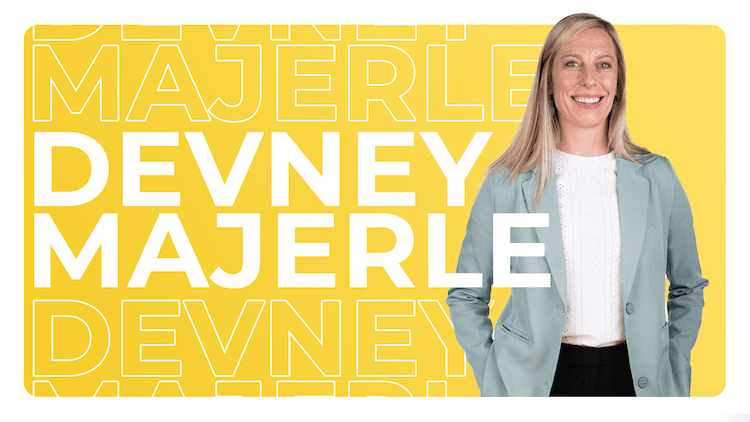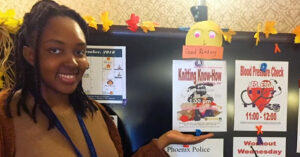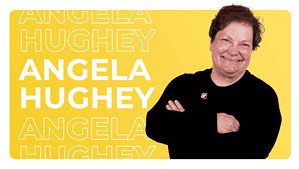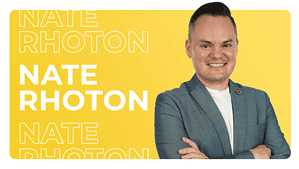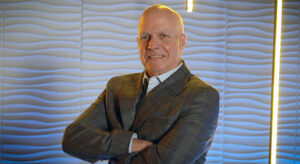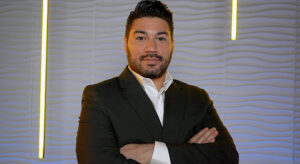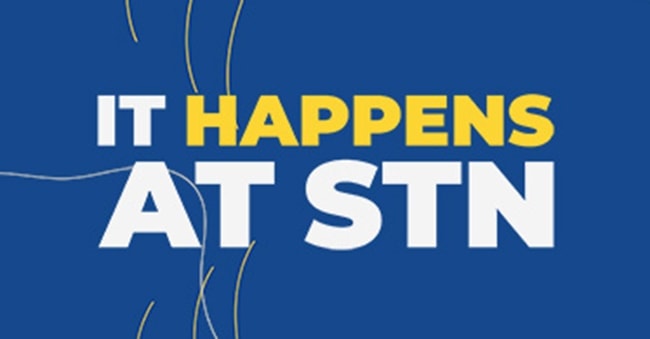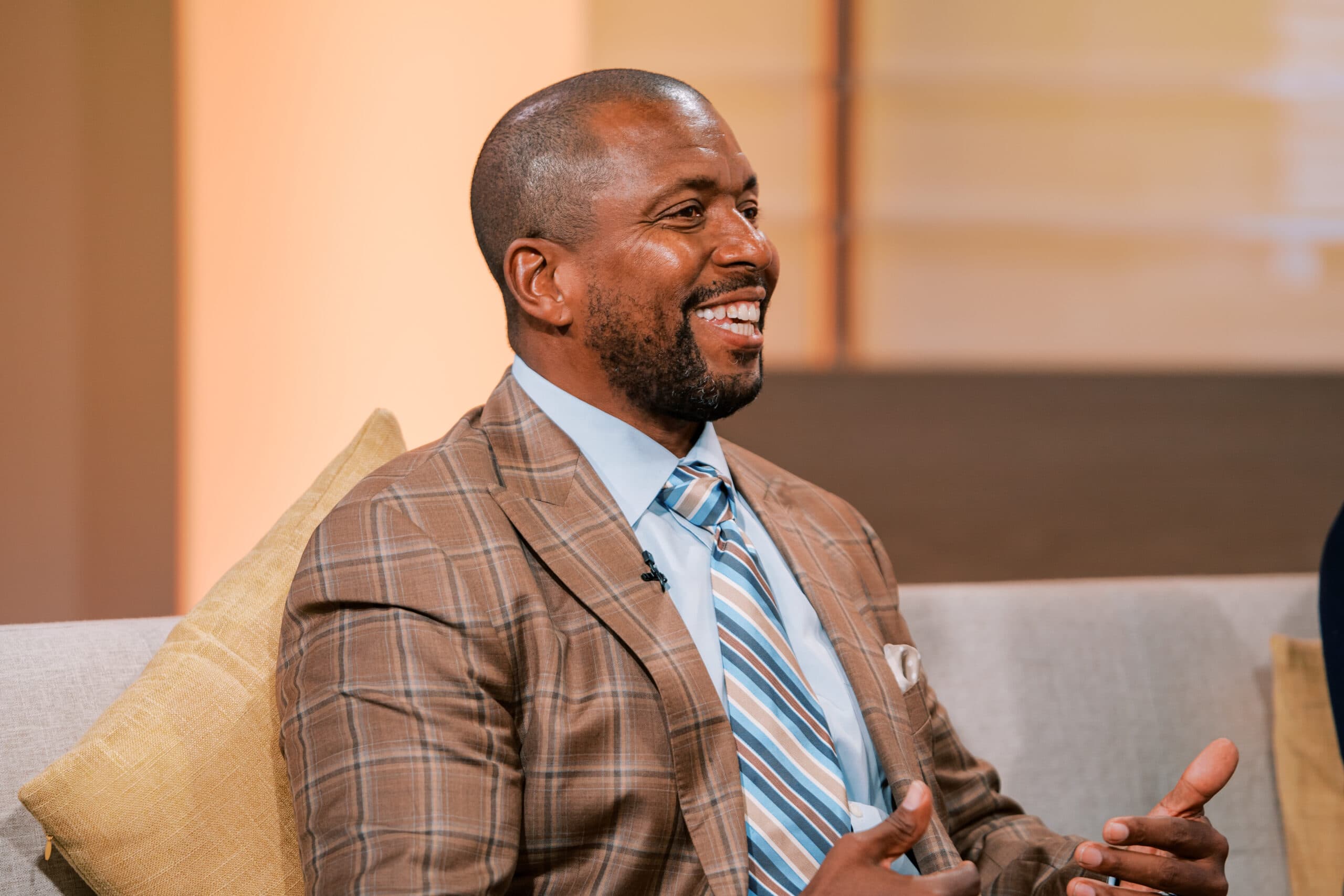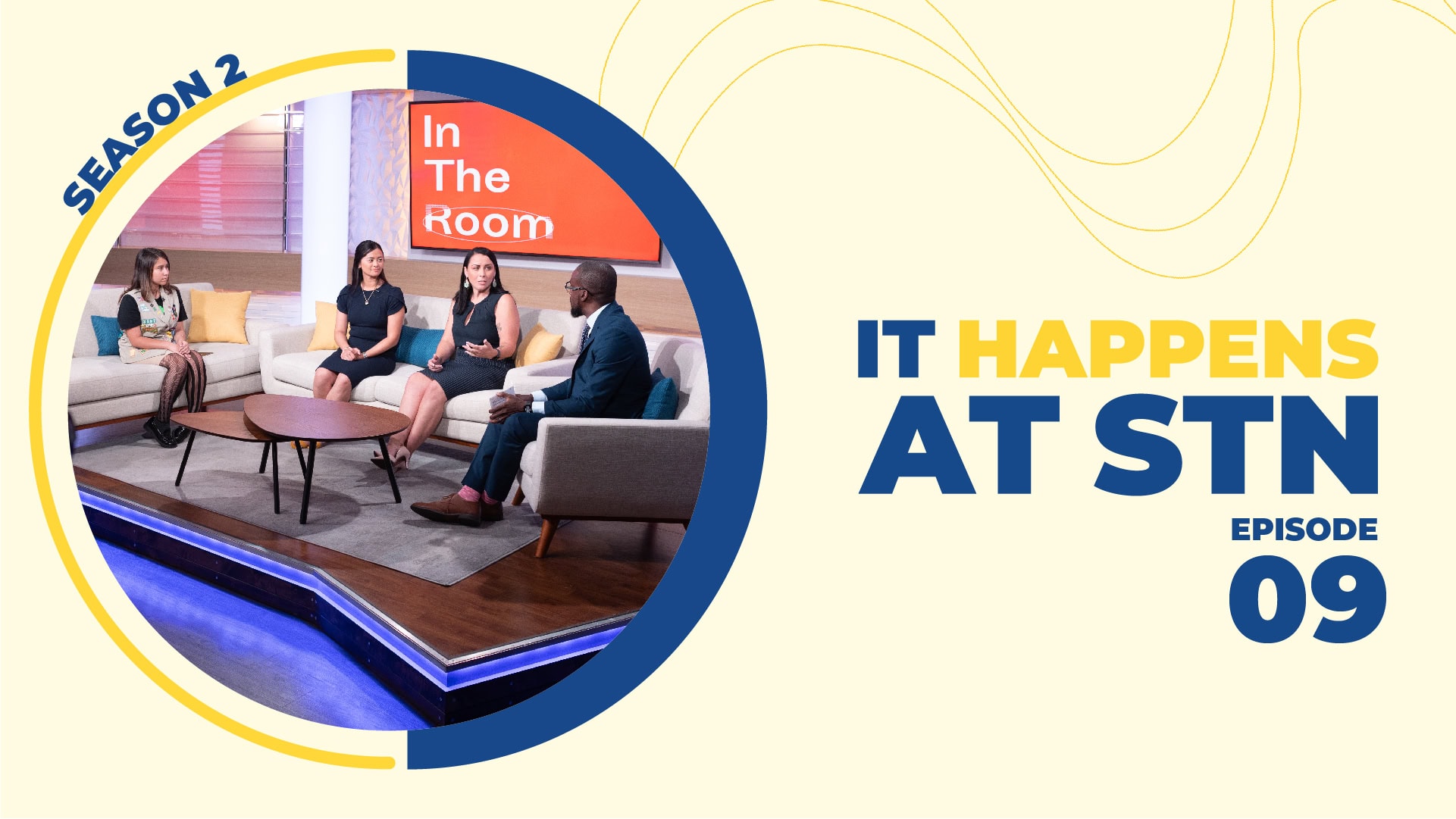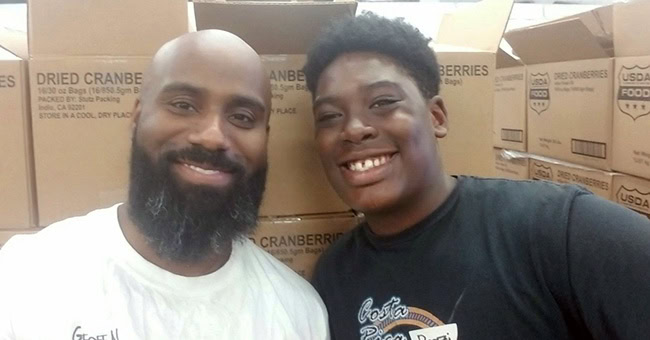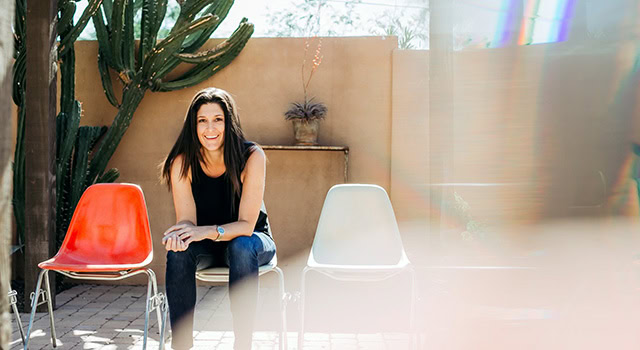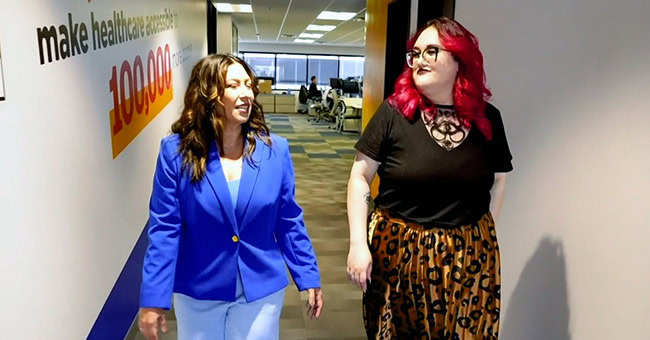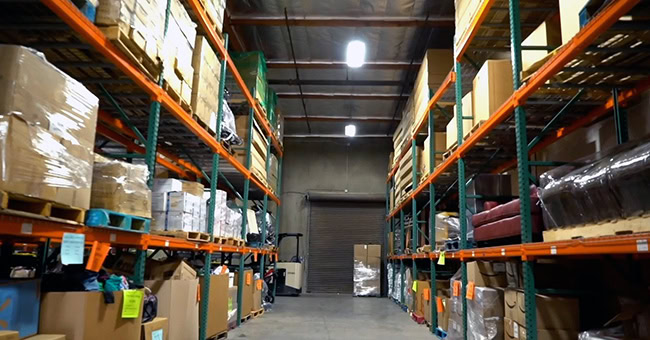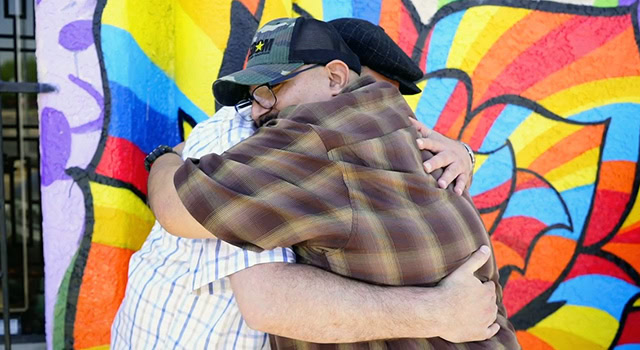Over the past ten years, downtown Phoenix has experienced significant revitalization and growth. Since 2015, more than 7,000 new apartments have been constructed. An additional 3,000 apartments are actively under construction with plans for another 3,000 in the near-future.
Downtown Phoenix Inc. is a key local organization driving the significant expansion of downtown over the past decade. It operates as the behind-the-scenes catalyst for central Phoenix development.
The organization also ensures out-of-town visitors are well-informed during their city center visits with their ambassadors who you can spot around the city in orange shirts with “Ask me” on the back. Additionally, the Green Team is active every morning, diligently clearing trash and graffiti from the streets before the downtown area awakens each day.
Amid the city’s ongoing growth, Downtown Phoenix Inc. remains dedicated to transforming downtown into an inclusive and accessible destination for all. With a focus on fostering a vibrant and diverse community, the organization’s mission is to ensure that the city’s evolution benefits residents, workers, and visitors alike.
STN:
People might have seen the Downtown Phoenix Inc. signs in central Phoenix, but they might not know who you are and what you do. Give your elevator speech to help people understand what Downtown Phoenix Inc. does.
Devney Majerle:
Simply put, we are a community-building organization for downtown Phoenix. Additionally, we function as an administrative umbrella for various community and economic development organizations that have been actively involved in downtown for the past few decades.
Our community development corporation’s primary focus is to facilitate the development of more affordable housing within the downtown area.
Also operating under our umbrella is the Phoenix Community Alliance, a business leadership advocacy organization with a 40-year history. Their role is to be the advocacy voice for downtown Phoenix.
Finally, we offer enhanced municipal services within the downtown core. You may have come across our orange shirt ambassadors or the green team, dedicated to removing graffiti and trash early in the morning before the downtown area wakes up each day.
STN:
You mentioned around the Downtown Phoenix Inc. offices you all call yourselves the silent engine behind the downtown Phoenix development, and for you, it means you are in and out of meetings with all kinds of different leaders from the nonprofit space, the business community, and politicians as well.
How do you navigate all of those different scenarios, where in one meeting you might be meeting with a local politician, and then in the very next meeting you are talking with the CEO of a local nonprofit?
DM:
When I am bringing together public and private partnerships, I always try to lead the conversations with a solution-oriented approach. Whether it’s a briefing with an elected official or a meeting with a downtown business leader facing specific challenges, the focus is on collaborative problem-solving.
Over the past seven years, I have learned there is a lot of strength in being the common denominator in various conversations, meetings, and presentations regarding downtown plans. I think my ability to be the connector in these different meetings allows me to bring valuable insights into each discussion, so we can move forward and find answers.
Many of our members rely on Phoenix Community Alliance and Downtown Phoenix Inc. as their go-to source for downtown information. We want to be the one-stop shop for people or businesses looking for information about downtown. If we don’t have the information, we know how to find it, and I think it is a crucial aspect of one of our many roles at Downtown Phoenix Inc.
STN:
Talk about the importance of compartmentalizing your day, how you do it, and do you have any suggestions for other leaders out there.
DM:
I really learned compartmentalization when I was a social worker. For three years, I worked with at-risk youth aged 14 to 21 at Arizona Call-A-Teen, now ACYR Youth Resources. During that time, I discovered the importance of being able to mentally transition from one situation to another. Whether it was going home after work to spend time with family or moving from one meeting to the next, I realized the significance of being able to put it all away and come back to it later.
Before our chat today I hadn’t consciously thought about how I do it throughout the day. It’s essential for me to put aside any previous meetings or challenges my brain is still processing, so I can fully engage in the current conversation. Whether it’s a meeting with an elected official, a business leader, or an employee, I make sure to bring my full attention and presence to the discussion. I set my phone aside, keep the computer off the table, and focus on being present in the here and now.
I had a social worker in high school teach me a visualization technique where you picture a box, and you put whatever is bothering you or that you are working on into the box, you put the lid on the box and you lock it away. However, you make a promise to yourself that you will pull the box out and work on the problem when there is a more opportune time and place to think about it. It is a technique that has worked really well for me.
Another trick someone taught me is to use a doorway as a threshold or a transition point and as you cross the doorway you are transitioning from one meeting to the next one. The change in the environment is your personal cue to shift your attention to the next item on your agenda for the day.
STN:
We work with a lot of nonprofits and one issue they see with their teams is compassion fatigue. Can you talk a bit about it and your experience with it?
DM:
I think people also know it more commonly as burnout, and I definitely saw it when I was a social worker. The term compassion fatigue is particularly fitting, especially in the context of social workers, and the things they have to do on a daily basis. I saw it happen when people were dealing with large caseloads and did not have the resources available to handle everything being thrown at them.
People who are in nonprofit work or are social workers are doing it for the mission; they are doing it to help others and leave this world a better place. That is the goal they are always working towards, and it can lead to compassion fatigue. It is a very real thing, and we all experience it from time to time. The more resources and support we can provide to social workers and individuals in the nonprofit space, the better off we will all be.
STN:
In the work you did as a social worker, what is the difference between empowering and enabling the young people you were working with?
DM:
While I was a social worker, specifically working with individuals aged 14 to 21, I quickly learned the difference between enabling and empowering. It became clear when I saw young people make the decision to improve their lives by returning to school or seeking employment. At that point, I could truly empower them. I believe that enabling someone without holding them accountable will not lead to the solutions we all hope for.
As the leader of our staff now, my approach is to empower them and provide support. I want to remove any obstacles in their path and be ready to respond to their needs. Empowering them allows them to perform their work to the best of their ability and inspires personal growth. On the other hand, enabling without accountability can be counterproductive in achieving our goals.
STN:
You have a staff of 50 employees, you are in and out of meetings with various community and business leaders, how do you recharge at the end of the day?
DM:
I think the culture we’ve created energizes all of us when we come into the office. It’s awesome to hear our staff say they prefer working in the office rather than from home.
I am highly competitive, I always want to be the best. Although I try to tone it down as my staff would tell you, my competitive spirit tends to shine through. However, at the end of the day, we all recognize the need to stop and recharge our batteries for the next day.
I highly recommend getting a pet to everyone. Returning home to my dogs, the happiest creatures on earth is truly wonderful. Their excitement melts away the stress. Having a supportive husband who values spending quality time together has also been incredibly beneficial. It makes me feel like I don’t have to talk about work when I get home, which allows us to be fully present when we spend time together or with our friends and family.
During COVID, when we were working from home, the traditional 9:00 to 5:00 office hours became less relevant, especially for leaders like myself who needed to be available when our board of directors, elected officials, and those we serve required meetings. As a result, I found that the boundaries between work and personal life blurred, and it became challenging to disconnect. Although having a physical separation between the office and home was beneficial, I’m grateful that we’re back in the office now.
STN:
Our readers are business leaders and nonprofits so with that in mind what can we expect to happen downtown in the next 3 to 5 years?
DM:
I’m thrilled about everything happening downtown. Having previously worked for the Super Bowl Host Committee in 2015, it’s funny how you discover stories that shed light on the strong emphasis placed on revitalizing downtown Phoenix through that monumental event.
Since then, I’ve come to realize more and more the extent to which one mega event served as a catalyst for revitalization efforts, and the momentum has carried through to subsequent events like the College Football National Championships, another Super Bowl, and the men’s NCAA Final Four. It’s acted as an extraordinary billboard and megaphone for both our city and state, enticing people to consider relocating here and encouraging businesses to establish or expand their operations. When you reflect on the changes that have occurred over the past five to seven years, the transformation in downtown is truly remarkable.
Since 2015 we have built over 7,000 new apartments downtown. Currently, there are 3,000 additional apartments under construction with at least another 3,000 planned for construction. We have more than 225 bars and restaurants in the downtown area, nearly 80% of those are locally owned and we have been able to maintain that percentage post-pandemic, and I think it has really been part of our downtown secret sauce.
Downtown Phoenix Inc. has a general city plan that firmly designates downtown as the heart of Phoenix, which, in turn, is considered the heart of the state. Leading such a significant charge comes with immense responsibility. Our primary objective is to ensure that downtown remains accessible to everyone. Whether individuals aspire to work, study, or reside in the downtown area, it is vital to maintain affordability and inclusivity in our central city core.


